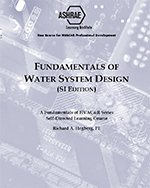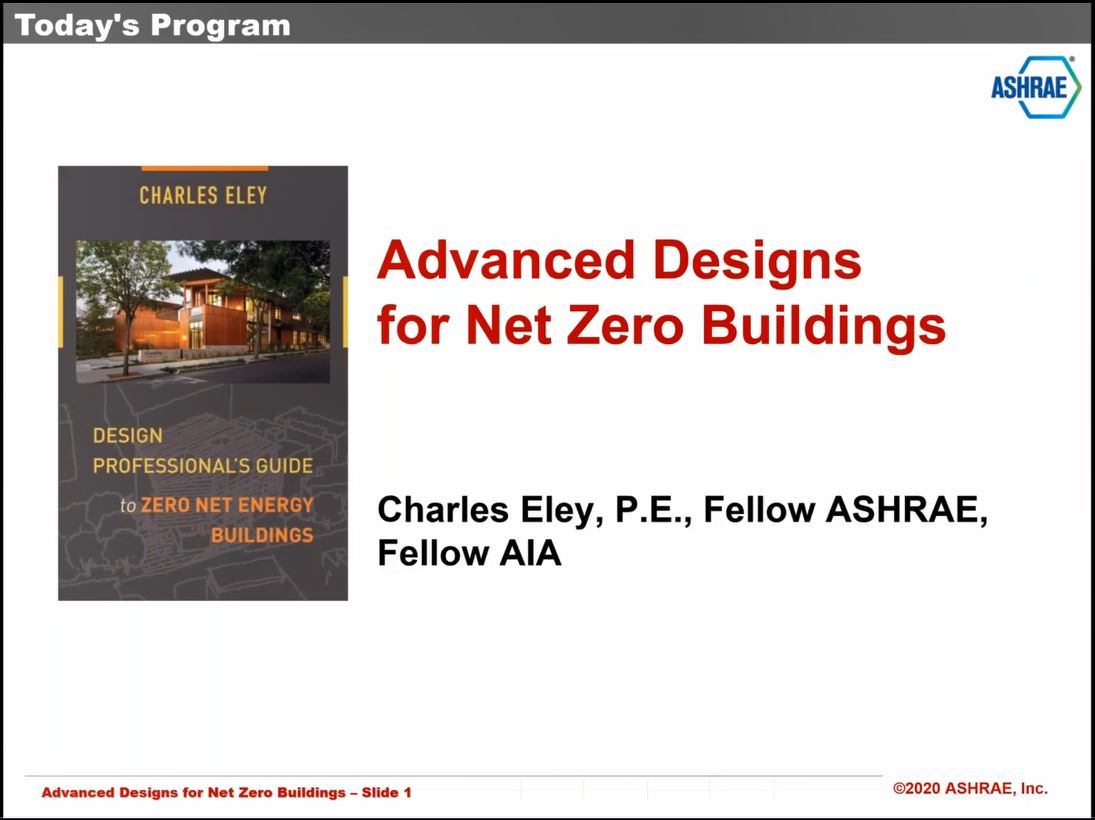
Fundamentals of Water System Design — SI
What You Will Learn
You will develop an understanding of the basic concepts of hydronic system operation and design including piping systems, pipe materials and fittings, centrifugal pumps, terminal units, expansion tanks and water chillers. After completing the course, you should know:
- The components of closed and open hydronic systems.
- The basic concepts of piping system design.
- The different types of pipe used in hydronic systems.
- How cetrifugal pumps operate.
- How to match pumps to systems.
- What variables are involved in terminal unit control.
- How to optimize water chiller operation.
Course Content
- Water System Design Components — Introductory concepts, basic system components, heat transfer in hydronic systems and load systems.
- Piping System Design — Basic considerations, design philosophy, sizing piping, and flow rate measurement.
- Pipe Materials and Fittings — Pipe materials, corrosion, valves and fittings, backflow-prevention devices, and pipe selection.
- Centrifugal Pumps — Types of pumps, pump selection and system design considerations.
- Terminal Unit Performance and Control — Types of terminals, performance and control, system control characteristics, and system control configurations.
- Expansion Tanks and Air Elimination — Open and closed water systems, hydronic accessories, and sizing expansion tanks.
- Piping System Development — Piping system design, direct return analysis, primary-secondary analysis, types of pumps and valves, primary-secondary application study, antifreeze solutions for low temperature applications, and pumping design factors.
- Matching Pumps to Systems — Matching the pump to the system, parallel pumping, series pumping, standby pumps, trimming pump impellers, two-speed pumping, variable speed pumping and source distribution pumping.
- Water Chillers and Load Control – Basic water chiller components, refrigeration cycle, heat transfer chiller, refrigeration power, chiller types and conrol, chiller piping arrangements, chiller energy performance and thermal storage.
Who Should Enroll in This Course
This course is recommended for:
- recent engineering graduates working in the HVAC&R industry;
- experienced engineers who have entered the HVAC&R industry from other engineering fields; or
- other professionals who want to increase their knowledge of water system design.
Participants completing this course earn 3.5 Continuing Education Units (CEUs) or 35 Professional Development Hours (PDHs).
Citation: ASHRAE Self-Directed Learning
Product Details
- Published:
- 1998
- Number of Pages:
- 282
- File Size:
- 1 file , 13 MB
- Product Code(s):
- D-98035, 98035

